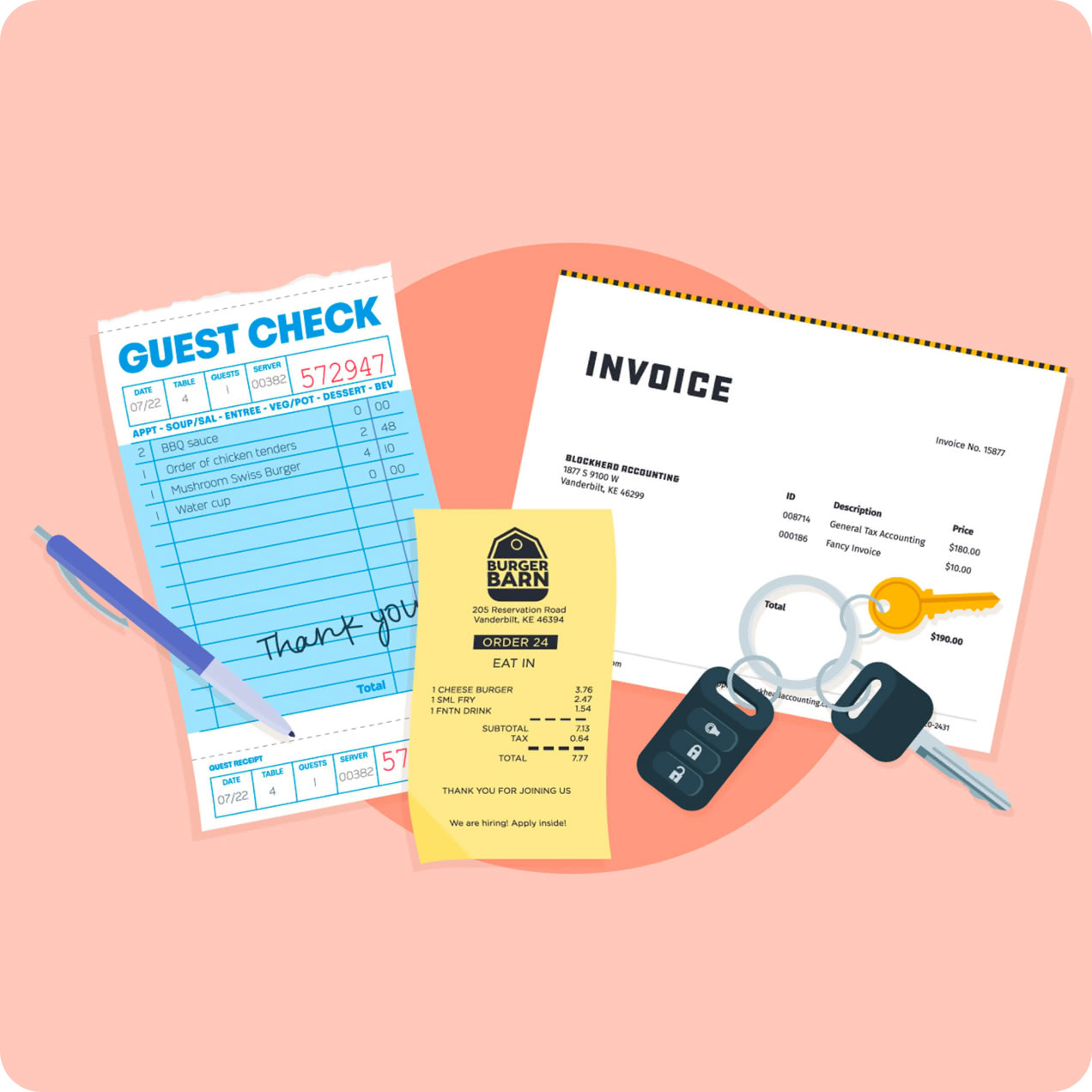
Here's how Advanced Budgeting aligns with curriculum standards in Oklahoma. Use the filters to change the location, set of standards, and grade level.
PFL.1: The student will describe the importance of earning an income and explain how to manage personal income through the use of a budget.
Standards
Defined by Personal Financial Literacy 7th-12th Grades and align with Advanced BudgetingPFL.2: The student will identify and describe the impact of local, state, and federal taxes on income and standard of living.
PFL 2.1: Analyze the obligation of paying taxes and how individuals, as well as communities, might benefit from taxes.
Standards
Defined by Personal Financial Literacy 7th-12th Grades and align with Advanced BudgetingPFL 2.2: Describe the individual importance of meeting one's tax obligations.
Standards
Defined by Personal Financial Literacy 7th-12th Grades and align with Advanced BudgetingPFL.4: The student will demonstrate the ability to manage a bank account and reconcile financial accounts.
PFL 4.1: Analyze the purpose of maintaining accurate financial accounts.
Standards
Defined by Personal Financial Literacy 7th-12th Grades and align with Advanced BudgetingPFL 4.2: Develop useful account management skills.
Standards
Defined by Personal Financial Literacy 7th-12th Grades and align with Advanced BudgetingPFL.7: The student will identify the process and analyze the responsibilities of borrowing money.
PFL 7.1: Compare sources and products related to borrowing money.
Standards
Defined by Personal Financial Literacy 7th-12th Grades and align with Advanced BudgetingPFL 7.2: Analyze how one's credit history impacts borrowing money and maintaining credit.
Standards
Defined by Personal Financial Literacy 7th-12th Grades and align with Advanced BudgetingPFL 7.3: Describe the process of borrowing money.
Standards
Defined by Personal Financial Literacy 7th-12th Grades and align with Advanced BudgetingPFL 7.4: Analyze the responsibilities and consequences of borrowing money.
Standards
Defined by Personal Financial Literacy 7th-12th Grades and align with Advanced BudgetingPFL.9: The student will identify and explain consumer fraud and identity theft.
Standards
Defined by Personal Financial Literacy 7th-12th Grades and align with Advanced BudgetingPFL 9.1: Analyze how consumers can become victims of deceptive practices that significantly impact their financial well-being.
Standards
Defined by Personal Financial Literacy 7th-12th Grades and align with Advanced BudgetingPFL.10: The student will explain and compare the costs and benefits of renting versus buying a home.
Standards
Defined by Personal Financial Literacy 7th-12th Grades and align with Advanced BudgetingPFL 10.3: Analyze financial considerations when purchasing a place to live.
Standards
Defined by Personal Financial Literacy 7th-12th Grades and align with Advanced BudgetingPFL.14: The student will explain the costs and benefits of charitable giving.
PFL 14.1: Explain civic responsibilities and opportunities related to charitable giving.
Standards
Defined by Personal Financial Literacy 7th-12th Grades and align with Advanced Budgeting